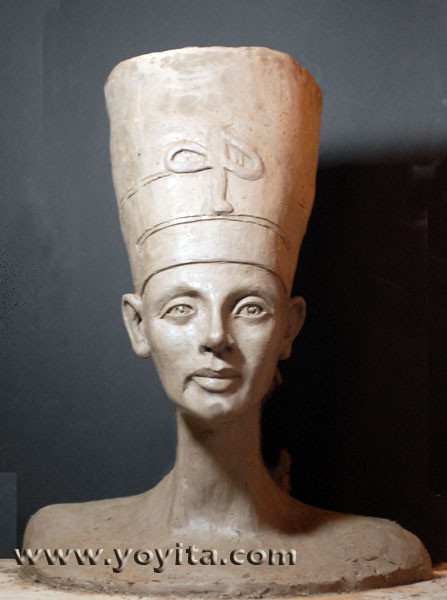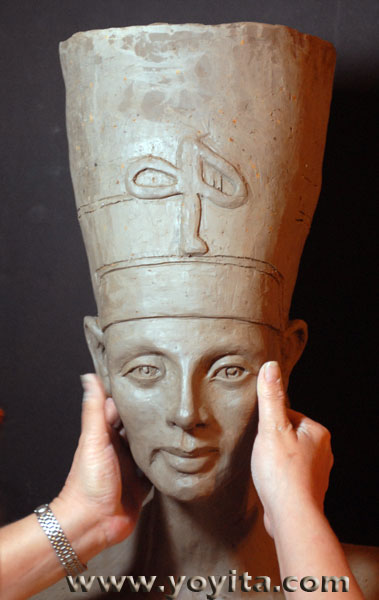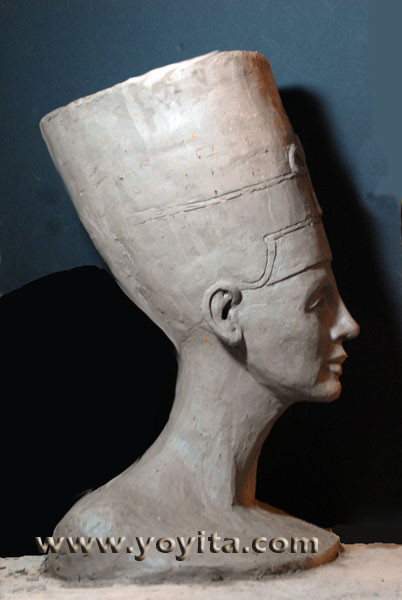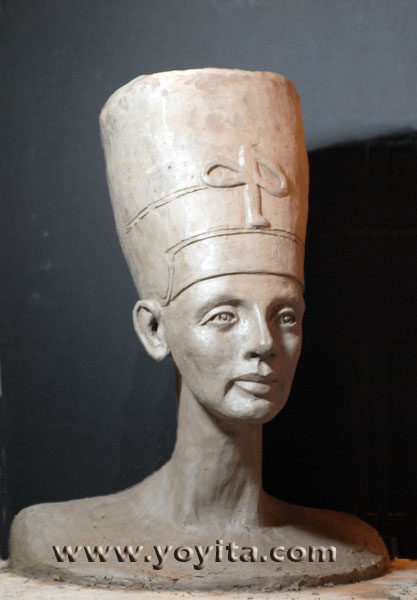
| Sculpture, نحت, Escultura, Escultura, Heykəl, Скульптура, Buidhauarei, Skulptura, Kizellañ, Скулптура, Escultura, Socha, Scultura, Cerfluniaeth, Skulptur, Skulptur, Skulptuur, Γλυπτική, Escultura, Skulptarto, Eskulturagintza, مجسمهسازی, Sculpture, Sculture, Dealbhóireacht, Jallooderys, Escultura, 雕刻, 조각, मूर्ति कला, Skulptura, Skulto, Seni patung, Sculptura, Höggmyndalist, Scultura, פיסול, ქანდაკება, Скульптура, Bombwe, Eskultura, Sculptura, Tēlniecība, Skulptūra, Beildhouwkuns, Szobrászat, Вајарство, ശില്പകല, Skultura, نحت, Scultura, Beeldhouwkunst, 彫刻, Scultura, Skulptur, Skulptur, Stchulptuthe, Rzeźba, Γλυπτικήν, Escultura, Sculptură, Ch'iquy, Скульптура, Scultura, Sculpture, Sochárstvo, Kiparstvo, پەیکەرتاشی, Вајарство, Skulptura, Kuvanveisto, Skulptur, Panlililok, சிற்பம், శిల్పం, ประติมากรรม, Heykel, Скульптура, بت تراشی, Điêu khắc, Skulptuur, Iskultura, סקולפטור, Beêldouwkunst, Skolptūra, 雕塑, تمثال نصفي, Бюст-паметник, Bust, Busta, Büste, Bust (sculpture), Busto, Büst, Soingain, Buste, Busto, Brjóstmynd, Busto (scultura), 胸像, ბიუსტი, Биста (скулптура), Buste (kunst), Byste, Popiersie, Busto, Бюст (скульптура), Busta, Byst, Büst, Погруддя |
Send this page of Nefertiti figurative sculpture to a friend

Bust Sculpture • Relief Sculpture • Figurative Sculptures • Prehistoric sculpture • Nefertiti • Tutankhamen • Female in bed with Chihuahuas |
Nefertiti |
Contact the artist to commission a life size portrait bust Sculpture in clay or bronze
 |
|||
| Nefertiti bust sculpture H: 21 by W: 10 by D: 6 1/2 |
|||
 |
|||
| Nefertiti bust sculpture H: 21 by W: 10 by D: 6 1/2 |
|||
 |
|||
| Nefertiti bust sculpture H: 21 by W: 10 by D: 6 1/2 |
|||
 |
|||
| Nefertiti bust sculpture H: 21 by W: 10 by D: 6 1/2 |
|||
|
Nefertiti Figurative sculpture Copyright 1976-2013 Dr. Gloria Norris.
Click
|
|
|
Sculpture, نحت, Escultura, Escultura, Heykəl, Скульптура, Buidhauarei, Skulptura, Kizellañ, Скулптура, Escultura, Socha, Scultura, Cerfluniaeth, Skulptur, Skulptur, Skulptuur, Γλυπτική, Escultura, Skulptarto, Eskulturagintza, مجسمهسازی, Sculpture, Sculture, Dealbhóireacht, Jallooderys, Escultura, 雕刻, 조각, मूर्ति कला, Skulptura, Skulto, Seni patung, Sculptura, Höggmyndalist, Scultura, פיסול, ქანდაკება, Скульптура, Bombwe, Eskultura, Sculptura, Tēlniecība, Skulptūra, Beildhouwkuns, Szobrászat, Вајарство, ശില്പകല, Skultura, نحت, Scultura, Beeldhouwkunst, 彫刻, Scultura, Skulptur, Skulptur, Stchulptuthe, Rzeźba, Γλυπτικήν, Escultura, Sculptură, Ch'iquy, Скульптура, Scultura, Sculpture, Sochárstvo, Kiparstvo, پەیکەرتاشی, Вајарство, Skulptura, Kuvanveisto, Skulptur, Panlililok, சிற்பம், శిల్పం, ประติมากรรม, Heykel, Скульптура, بت تراشی, Điêu khắc, Skulptuur, Iskultura, סקולפטור, Beêldouwkunst, Skolptūra, 雕塑, تمثال نصفي, Бюст-паметник, Bust, Busta, Büste, Bust (sculpture), Busto, Büst, Soingain, Buste, Busto, Brjóstmynd, Busto (scultura), 胸像, ბიუსტი, Биста (скулптура), Buste (kunst), Byste, Popiersie, Busto, Бюст (скульптура), Busta, Byst, Büst, Погруддя |